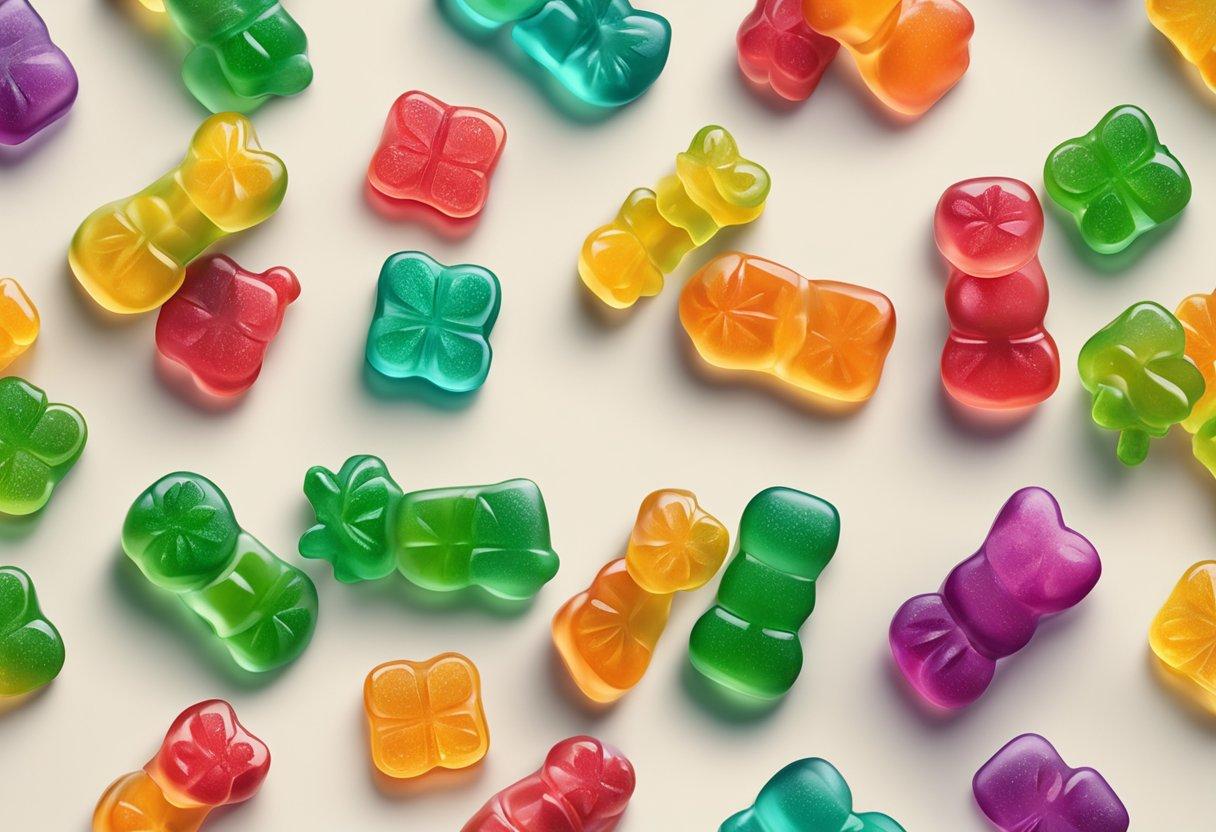المناسبات
المدونات
سوق المنتجات
المجموعات
الصفحات
المزيد
Creating Immersive Experiences: The Role of Extended Reality in Marketing and Branding
In the rapidly evolving world of marketing, brands are constantly seeking innovative ways to engage their audiences. One of the most promising technologies to emerge in recent years is Extended Reality (XR), a term that encompasses Virtual Reality (VR), Augmented Reality (AR), and Mixed Reality (MR). These immersive technologies are reshaping how brands connect with consumers, providing opportunities to create memorable experiences that drive engagement and loyalty.
Understanding Extended Reality
Extended Reality refers to the spectrum of immersive technologies that blend the physical and digital worlds. While VR immerses users in entirely virtual environments, AR overlays digital elements onto the real world, and MR combines both, allowing for interaction between digital and physical objects. This versatility makes XR an invaluable tool for marketers looking to capture attention and convey their brand messages effectively.
Enhancing Consumer Engagement
One of the primary benefits of XR in marketing is its ability to create engaging experiences that resonate with consumers. For instance, brands can use AR to allow customers to visualize products in their own space before making a purchase. IKEA’s AR app, which lets users see how furniture would look in their home, is a prime example of how Extended Reality enhances the shopping experience. By bridging the gap between online and offline shopping, brands can reduce return rates and increase customer satisfaction.
Storytelling Through Immersion
Extended Reality also elevates storytelling, enabling brands to convey their narratives in immersive ways. With VR, companies can transport consumers into a different world, allowing them to experience a brand’s story firsthand. For instance, a travel company might create a VR experience that showcases a destination's beauty, enticing potential travelers by immersing them in the experience before they even book a trip. This level of engagement fosters a deeper emotional connection between consumers and brands, ultimately driving conversions.
Building Brand Loyalty
The immersive nature of XR not only captures attention but also builds brand loyalty. When consumers have positive experiences with a brand through Extended Reality, they are more likely to share those experiences with others, enhancing word-of-mouth marketing. Brands like Pepsi and Nike have successfully leveraged XR experiences at events to create buzz and encourage social sharing, amplifying their reach.
Personalization at Its Best
Another significant advantage of Extended Reality is its capacity for personalization. Brands can tailor XR experiences to individual preferences, making consumers feel valued and understood. For example, a cosmetics company could offer an AR tool that allows users to try on different makeup looks virtually, providing a personalized shopping experience that resonates with their unique style.
Conclusion
As technology continues to advance, the role of Extended Reality in marketing and branding will only grow. By creating immersive experiences that engage consumers, tell compelling stories, and foster loyalty, brands can stand out in a crowded marketplace. Embracing XR is not just about keeping up with trends; it’s about transforming the way brands connect with their audiences in meaningful ways. As we move forward, those who harness the power of Extended Reality will lead the charge in shaping the future of marketing, creating experiences that are not just seen but truly felt.
By integrating Extended Reality into your marketing strategy, you can not only enhance consumer engagement but also pave the way for a more innovative and immersive brand experience. It's time to step into the future and explore the limitless possibilities that Extended Reality offers.





